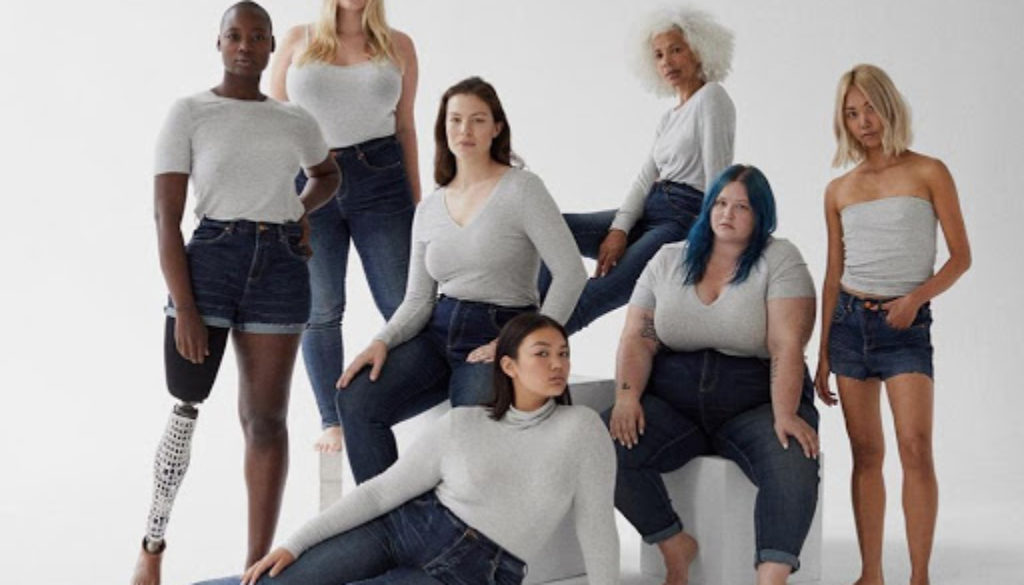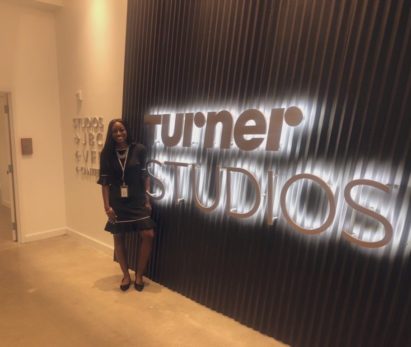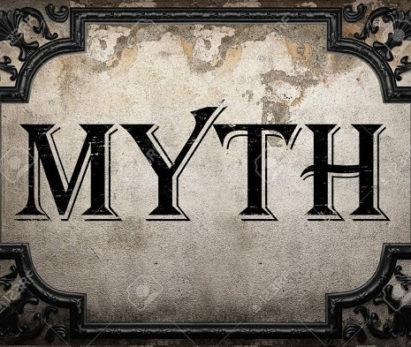Plus-Sized Modeling Opens Doors – And a Can of Worms
With audiences more in tune and vocal than ever, brands can no longer afford to let things fly under the radar. Many companies like H&M and Nike have seen their fair share of backlash from the world wide web for their missteps and mistakes. One common thread seems to be the call for a wider variety of representation in models who they cast for their advertisements. While some have risen to the occasion, others have missed the mark, or simply ignored it.
Too Much or Too Little?
![]() When Victoria’s Secret chief marketing officer Ed Razek made a public statement that he wouldn’t hire “transsexuals” for it’s annual runway show, he was vilified for it. It was clear that, at the time and even still, people want to see a wider spread of representation when it comes to models. People want to see different body types and skin tones. So, when Calvin Klein recently unveiled a billboard campaign featuring indie rapper Chika Oranika as a “#MYCALVINS” partner, people should have been happy. Most were, but there were a few dissenting voices amongst those celebrating. They also recruited plus-sized singer-songwriter Beth Ditto and many other non-traditional models.
When Victoria’s Secret chief marketing officer Ed Razek made a public statement that he wouldn’t hire “transsexuals” for it’s annual runway show, he was vilified for it. It was clear that, at the time and even still, people want to see a wider spread of representation when it comes to models. People want to see different body types and skin tones. So, when Calvin Klein recently unveiled a billboard campaign featuring indie rapper Chika Oranika as a “#MYCALVINS” partner, people should have been happy. Most were, but there were a few dissenting voices amongst those celebrating. They also recruited plus-sized singer-songwriter Beth Ditto and many other non-traditional models.
At the heart of this push for inclusivity is the body positivity movement. A movement rooted in social justice and politics, it’s often the target of online hate due to the thought that body positivity is promoting obesity. The heart of the movement was created to embrace those bodies that don’t get representation within mainstream media, including plus-sized bodies, disabled bodies, women of color, and much, much more. With the rise of plus-size models and models that break the mold of the traditional look being featured more often and with big companies comes the rise of this movement and those that embrace it.
Less Talk, More Action
![]() Calvin Klein only began to feature models outside of the traditional mold recently. Companies like Addition Elle, Universal Standard, ModCloth, and Torrid make it their goal to cater to those bodies that are often looked over. While brands like H&M and Target attempt to cater to this growing and vocal audience, they often fall short of the mark. Target’s plus-size section is often tragically small in comparison to the rest of the women’s departments, and the same goes for H&M, though their track record for working with plus size models only extends to models like Ashley Graham, who, while official plus sized at size 14, falls short of the average American woman’s size and the vision of a different body type.
Calvin Klein only began to feature models outside of the traditional mold recently. Companies like Addition Elle, Universal Standard, ModCloth, and Torrid make it their goal to cater to those bodies that are often looked over. While brands like H&M and Target attempt to cater to this growing and vocal audience, they often fall short of the mark. Target’s plus-size section is often tragically small in comparison to the rest of the women’s departments, and the same goes for H&M, though their track record for working with plus size models only extends to models like Ashley Graham, who, while official plus sized at size 14, falls short of the average American woman’s size and the vision of a different body type.
The Bottom Line
In the end, brands that don’t implement a plus-size range are missing a massive section of the market; plus-size women need clothes, and the market for plus-size women’s clothing is near $20 billion. With consumers wanting more inclusivity in clothing sizes and brand campaigns, companies have to catch on or they risk missing out on a massive opportunity.






October 12, 2019 @ 10:37 pm
Someone necessarily lend a hand to make severely posts I might state. This is the first time I frequented your website page and so far? I amazed with the research you made to create this actual submit incredible. Magnificent activity!